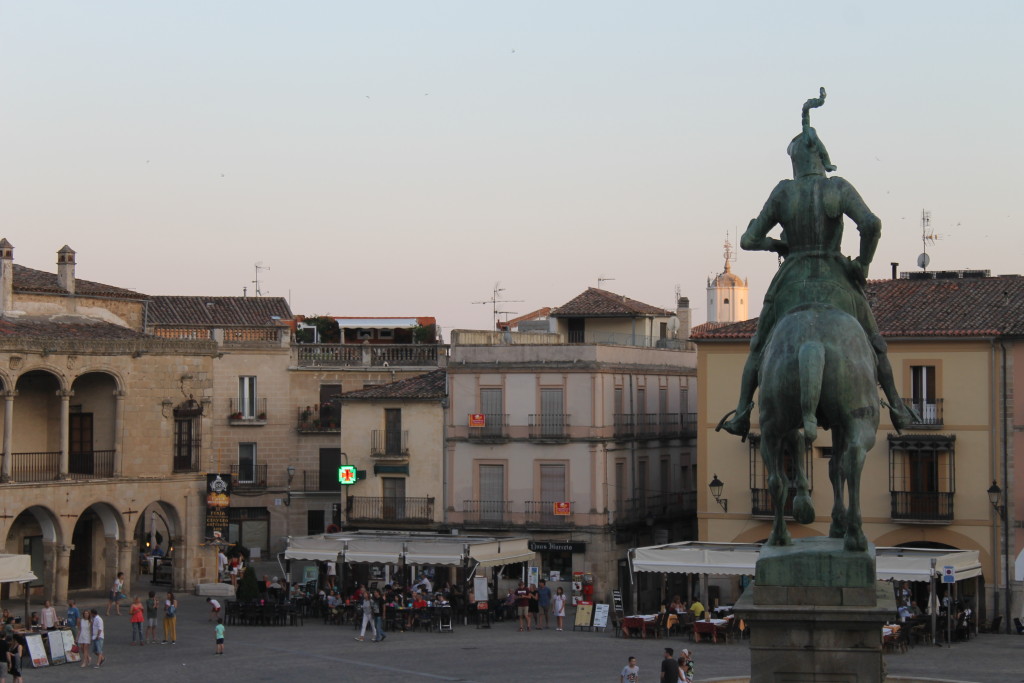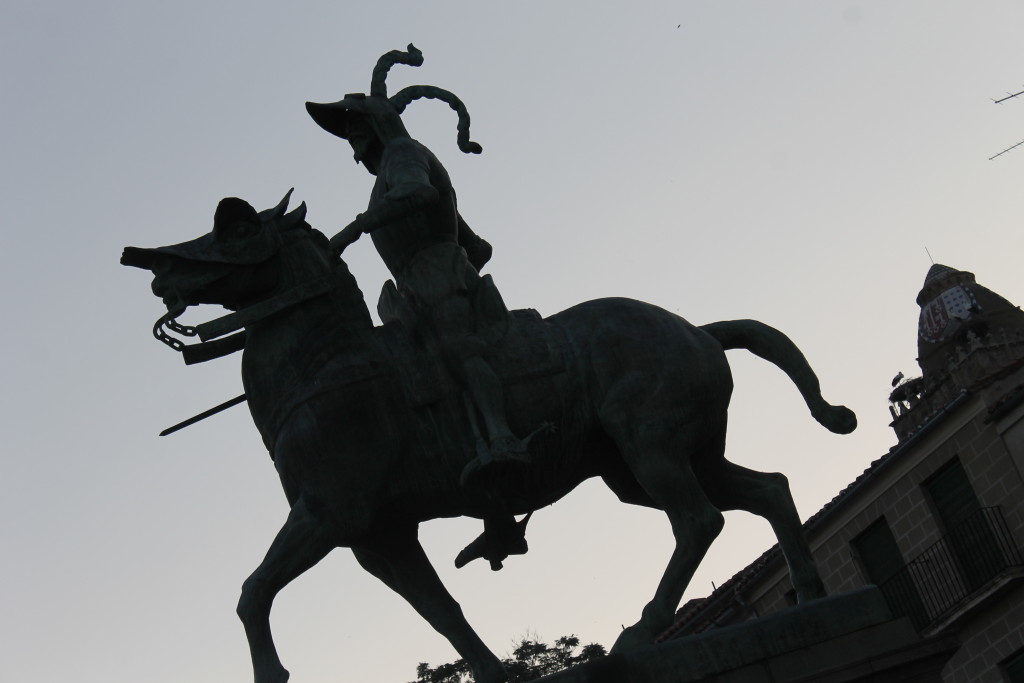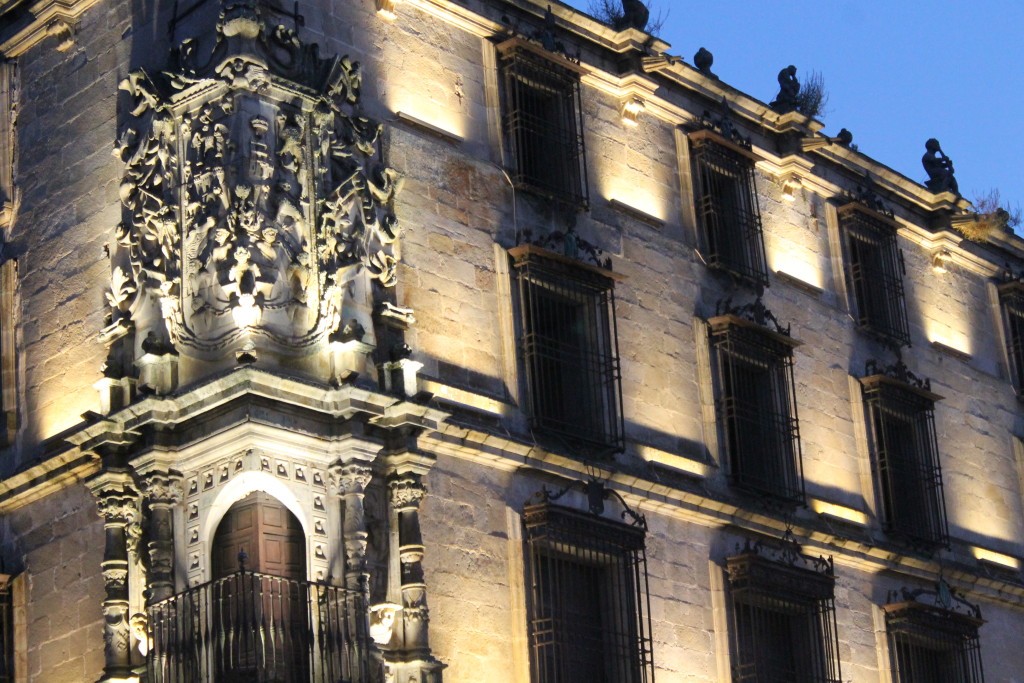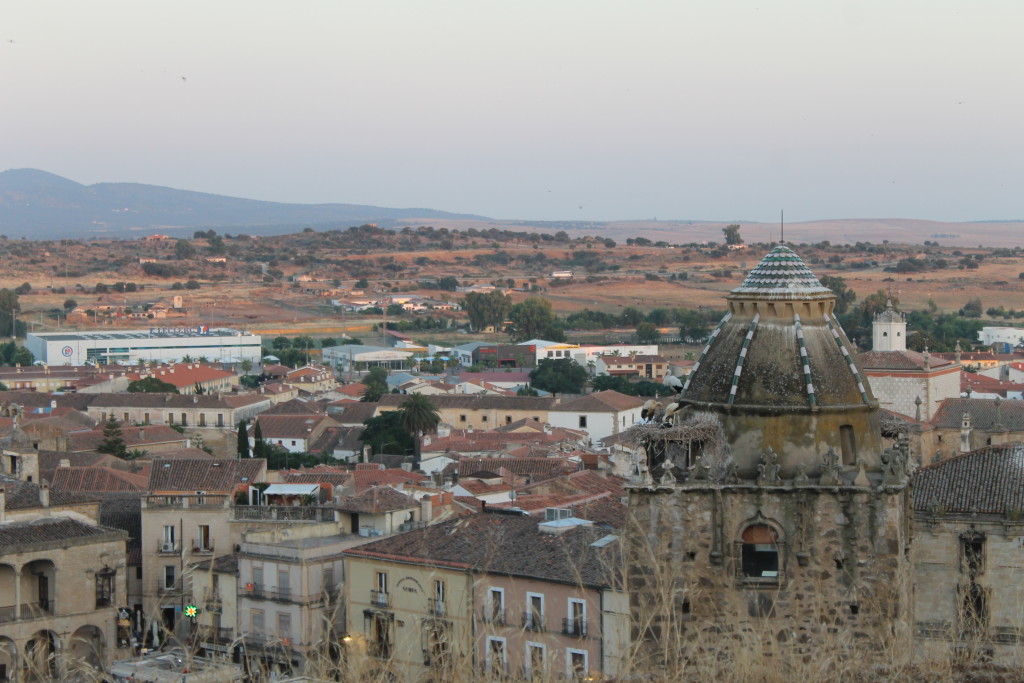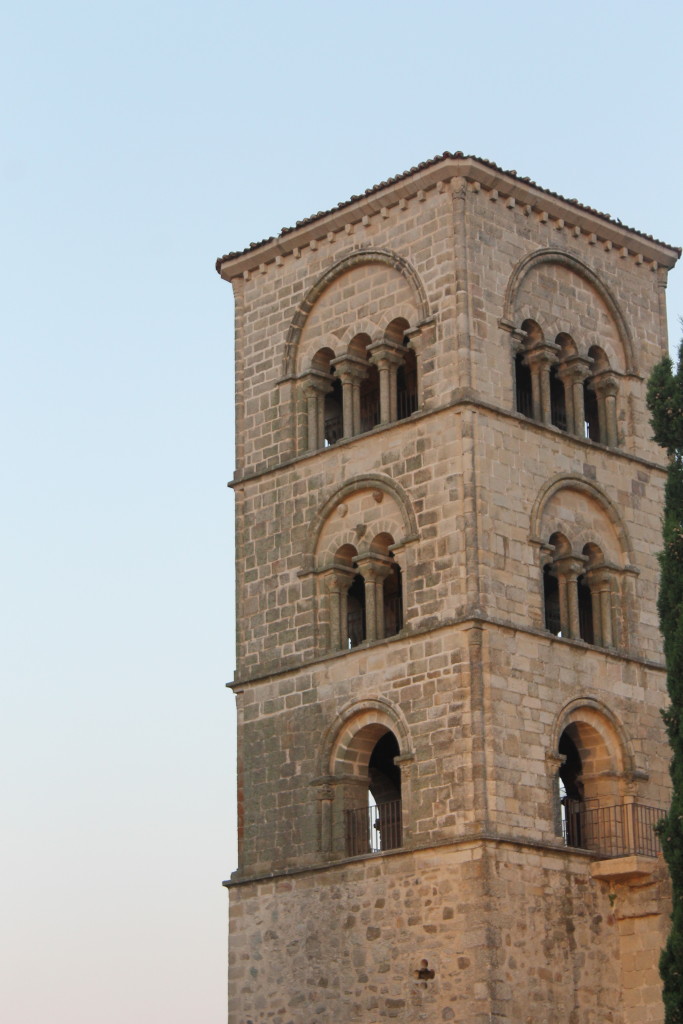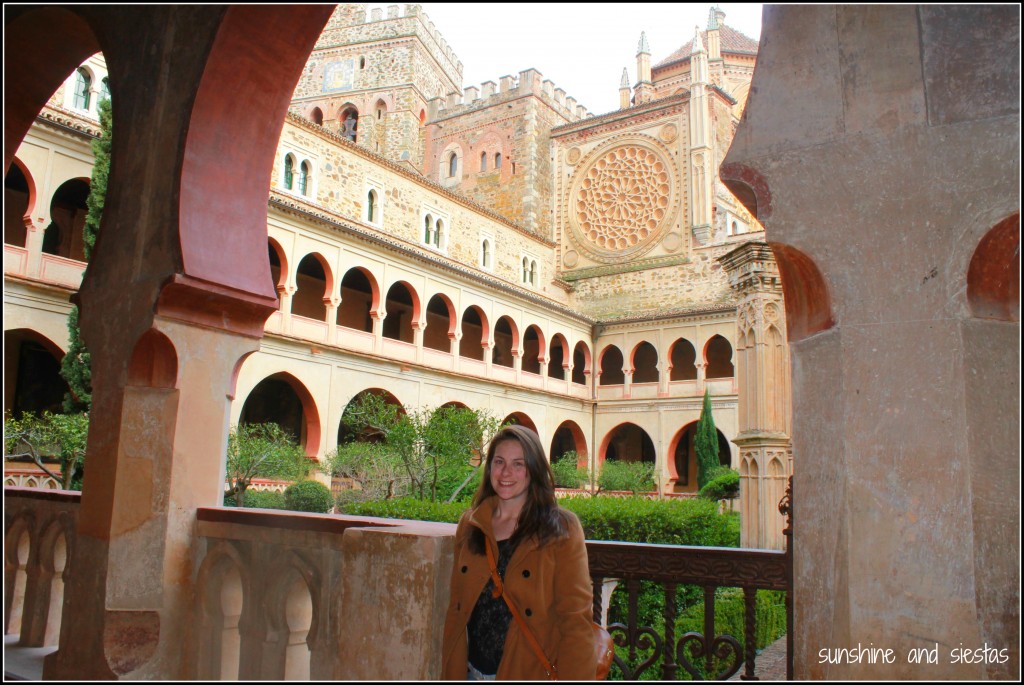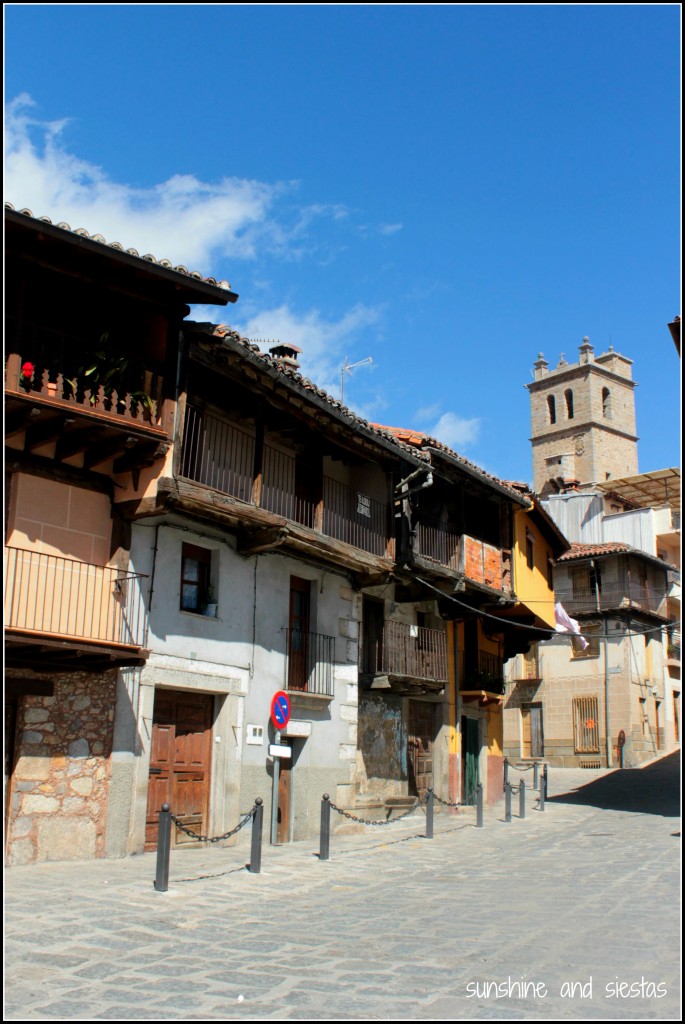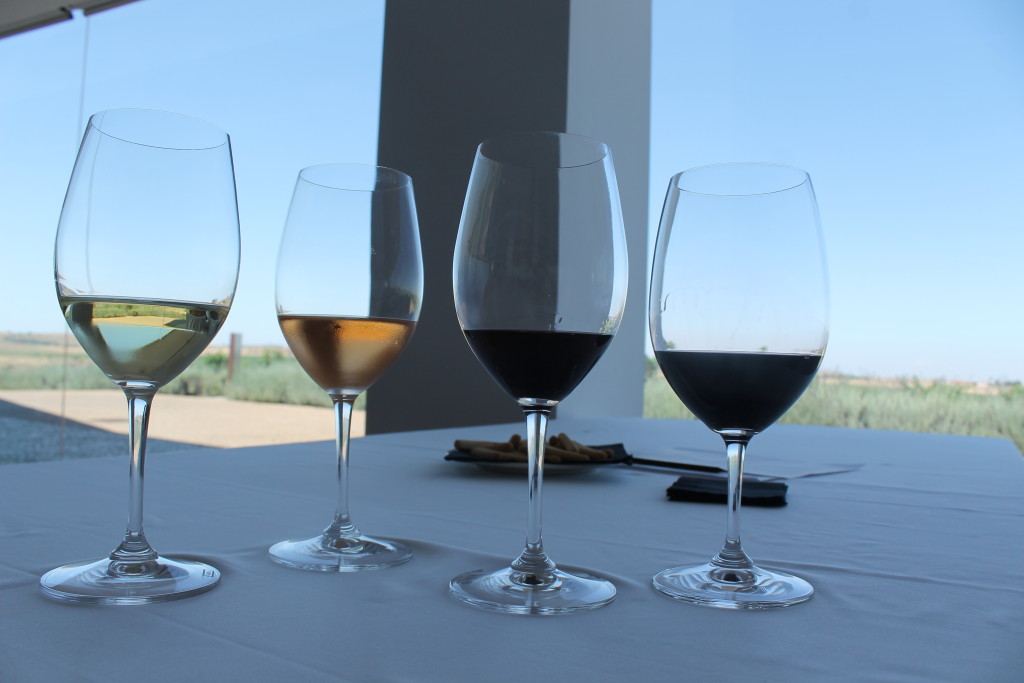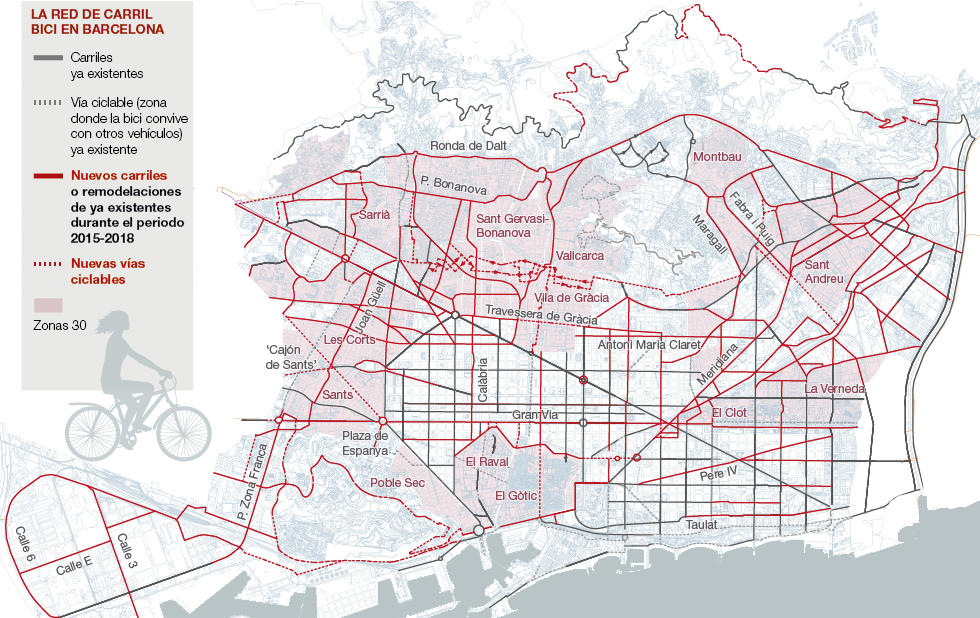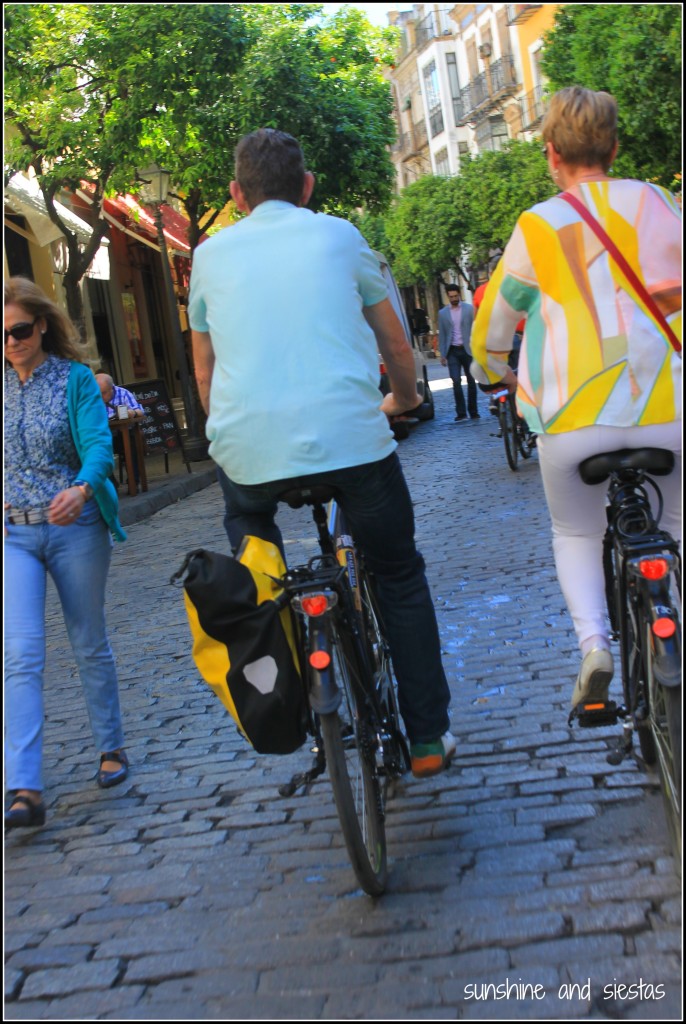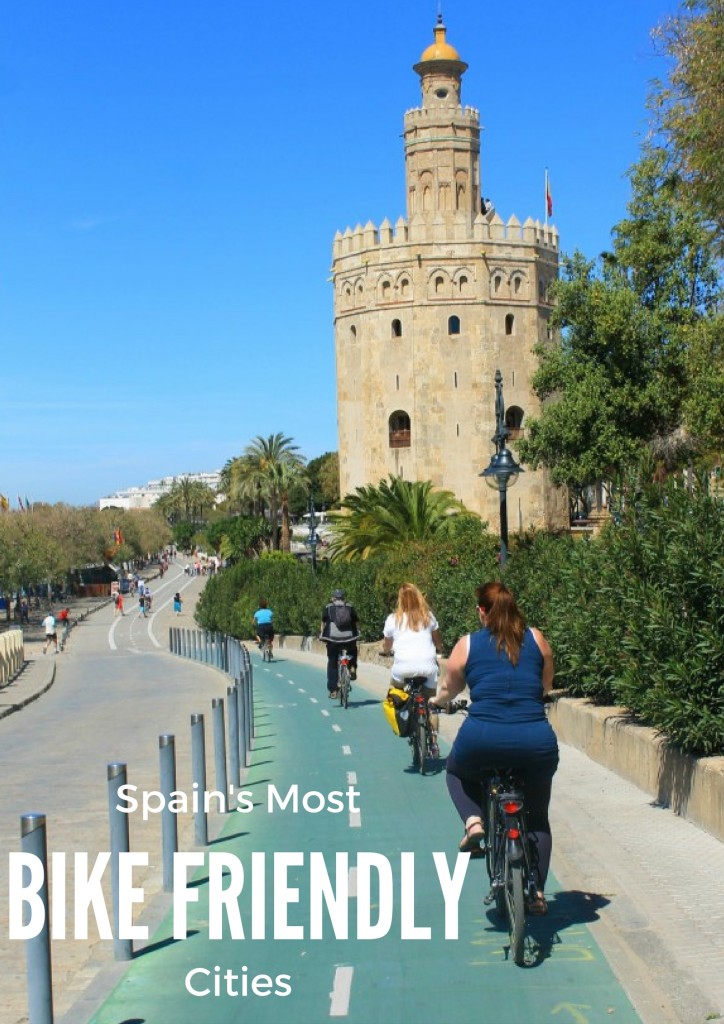Like any traveler, I have pet peeves about tripping, from tipping to sipping to the fact that my SBB Swiss train app for trains in Switzerland when a ticket collector is hovering over me.
Perhaps the biggest are wasting time figuring out where I am (unless I am purposely wandering) or not knowing enough about what I’m looking at – or stressing out over where to eat something more than mediocre food. I find myself scouring in-flight magazines for insider tips (to then resort to tearing out pages) or scribbling notes on work documents as I attempt to catalogue my trip.

During my last travel season – one that saw me in the UK, France, Belgium, Germany twice and Austria – I wanted to maximize my time away from the virtual office without having to do all of the legwork ahead of time. I downloaded GPSMyCity thanks to an invitation to test drive the app and planned my afternoons loosely – from hitting a new neighborhood near the Jardin du Luxembourg in Paris to tackling emails from quaint cafes in Vienna.
The best part? I could do it all without wifi and without using my data thanks to a nominal upgrade to the app.
GPSMyCity has more than 6500 walks and wanders throughout more than 1000 cities worldwide that are available straight to you device. You can add not just cities, but the type of trip you want – offbeat, cultural or something to hit all of the monuments. It’s easy to navigate and free to use with your data.
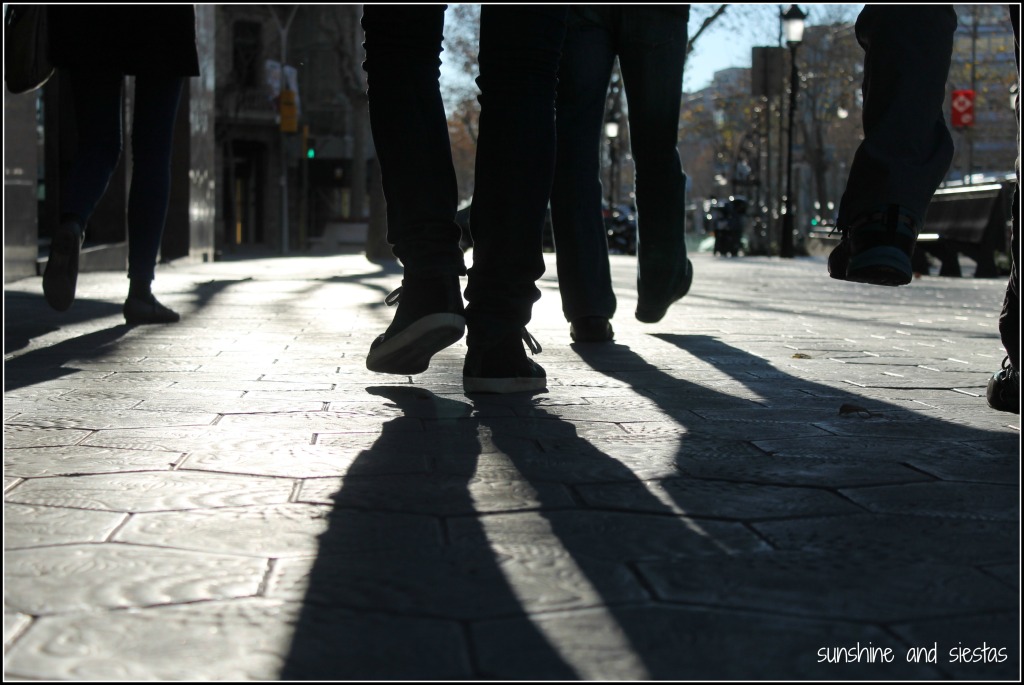
The app does more than just help you navigate around a new city: you can access thousands of articles from travel bloggers and read them in-app when you’re to touring or even download ahead of time for a small fee, without using your data or incurring roaming charges when you’re pounding the pavement (or are too far from a signal). I was exploring itineraries offline while at 20,000 feet and without trying to connect to the horrendous wifi on the Deutschebahn trains, a definite plus of the offline capabilities of GPSMyCity.
GPSMyCity is offering a FREE upgrade of three of my articles during this entire week (February 18 – February 25, 2019), and I want you to see just how these guides and articles can help you not run around in circles looking for monuments, hidden gems or a decent place to eat.
The following Sunshine and Siestas posts are highlighted this week:
Visiting Seville: Alternatives to the Tourist Beat, an article that explores by favorite off-beat ideas for a trip to the capital of Andalusia.
Where to Eat in Barcelona, which includes a few picks for great eateries in Barcelona that won’t leave you feeling empty (neither your stomach nor your wallet nor your soul after scouring the Barri Gotic for something semi-authentic).
Five Things to Do in Madrid with Kids, with my favorite things to do with little ones in Spain’s largest city.
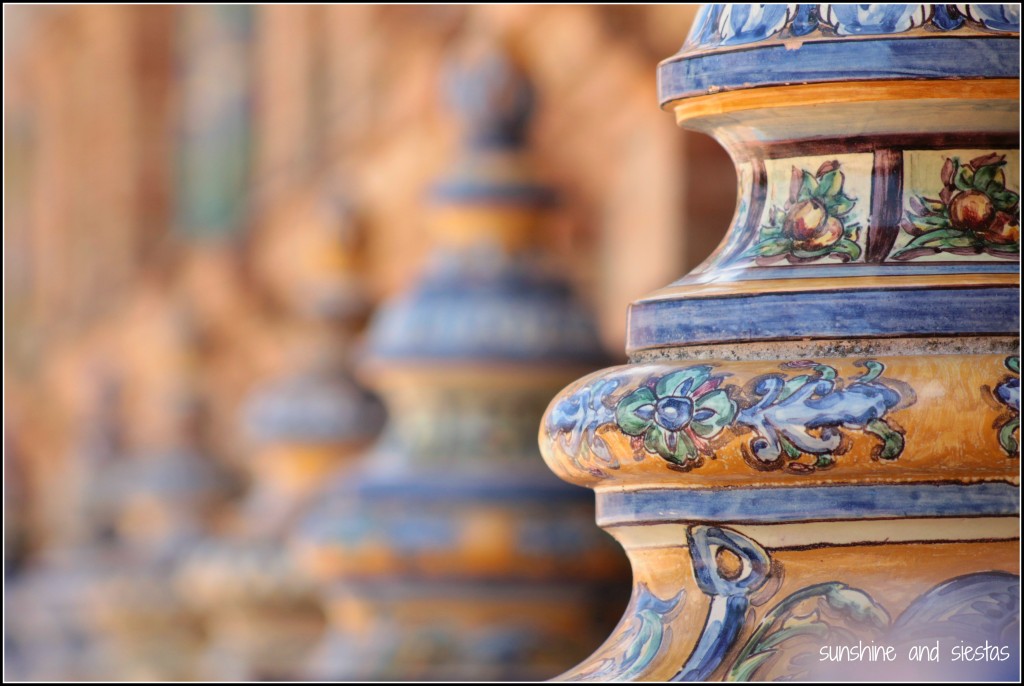
You can also browse any of the following SandS articles in the app for free:
Why should I download a travel article for later use?
While most people stay connected while they’re traveling, there’s a clear benefit to downloading articles ahead of time: you can catalogue your findings without having to go back and try to search a particular website or topic. And because these guides and articles are written by other travelers, you get on-the-ground insight and the exact GPS coordinates of every place mentioned within the post. If your phone is anything like mine, not having to turn on your location finder is reason enough.
How can I upgrade for free?
First, you should download GPSMyCity to your preferred smartphone device; the app is compatible with both iOS and Android systems. Then, you can click on one of the articles linked above and either read directly for free this week, or upgrade to be able to save the post to your phone for future, non-data wasting use.


